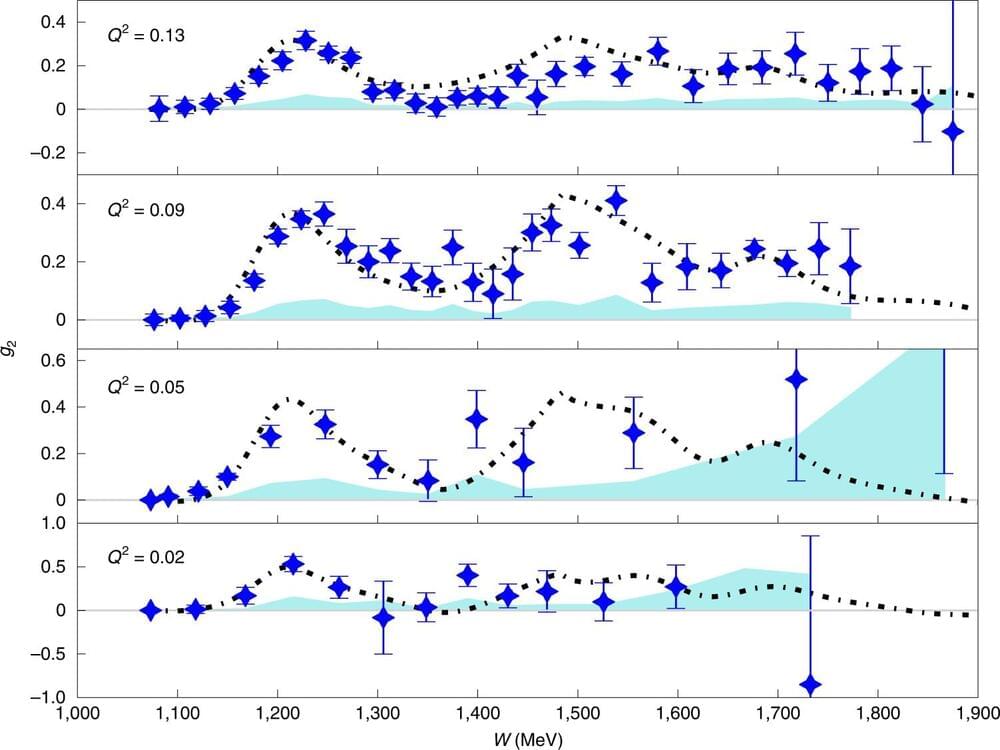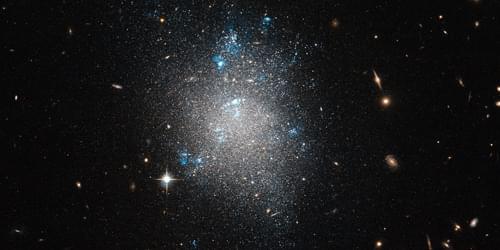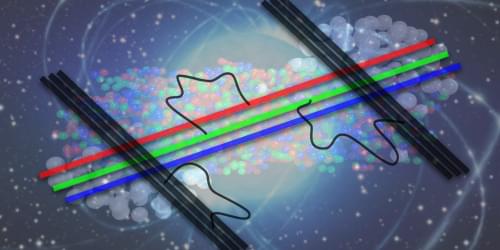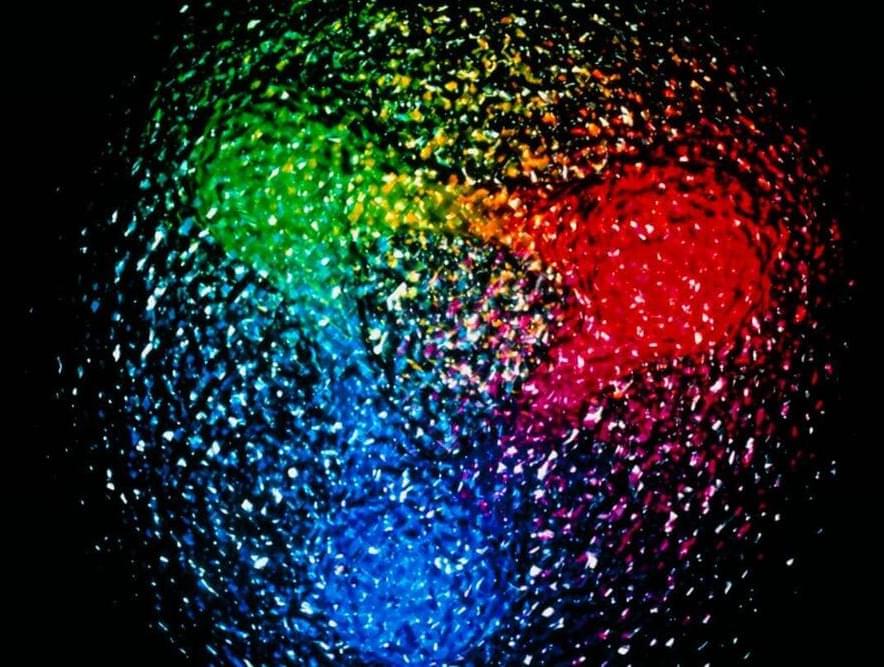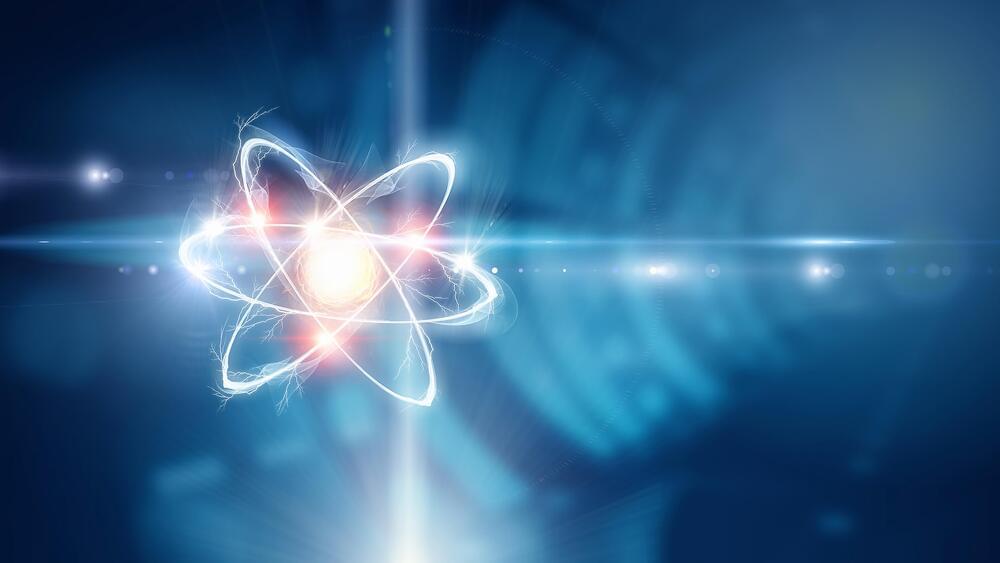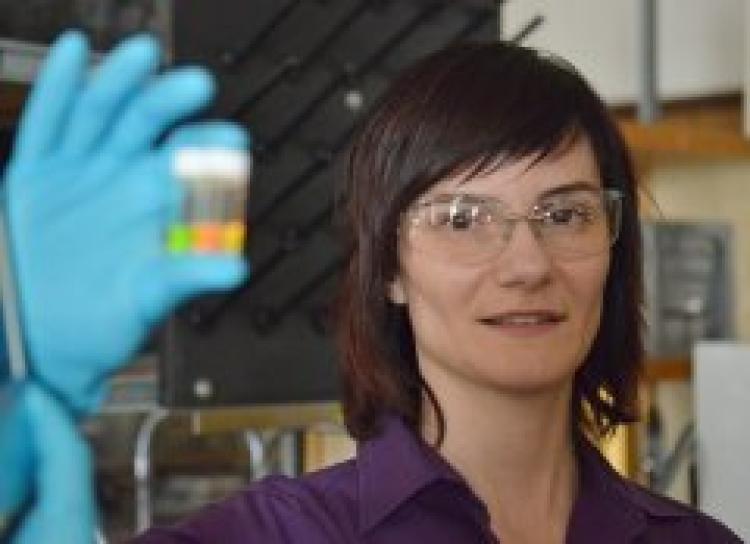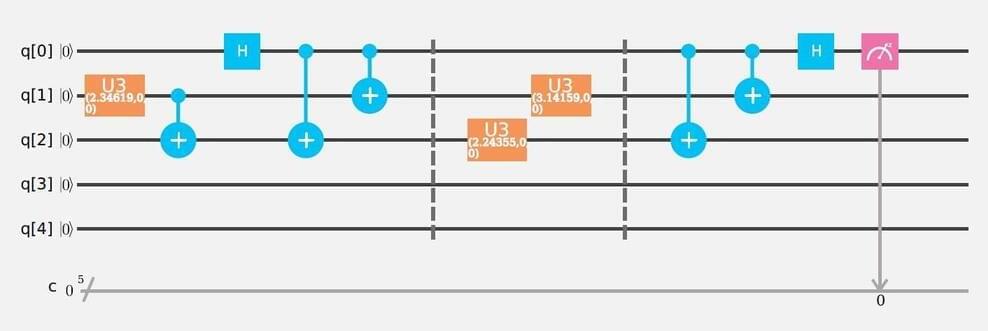Research from a team of physicists at the University of New Hampshire is advancing the understanding of how protons, which comprise 95% of the mass of the visible universe, interact with each other. The results provide a benchmark for testing the strong force, one of the four fundamental forces in nature.
“There’s a lot still unanswered about both of those things, the proton and the strong force,” said David Ruth, Ph.D. candidate in physics and lead author. “This brings us a little bit closer to that understanding. It’s a necessary piece of two very fundamental things in the universe.”
The strong force governs how what’s internal to the atom’s nucleus—neutrons, protons and the quarks and gluons that make them up—bind together. It is the least understood of the four fundamental forces of nature, which include gravity, electromagnetism and the weak force.
